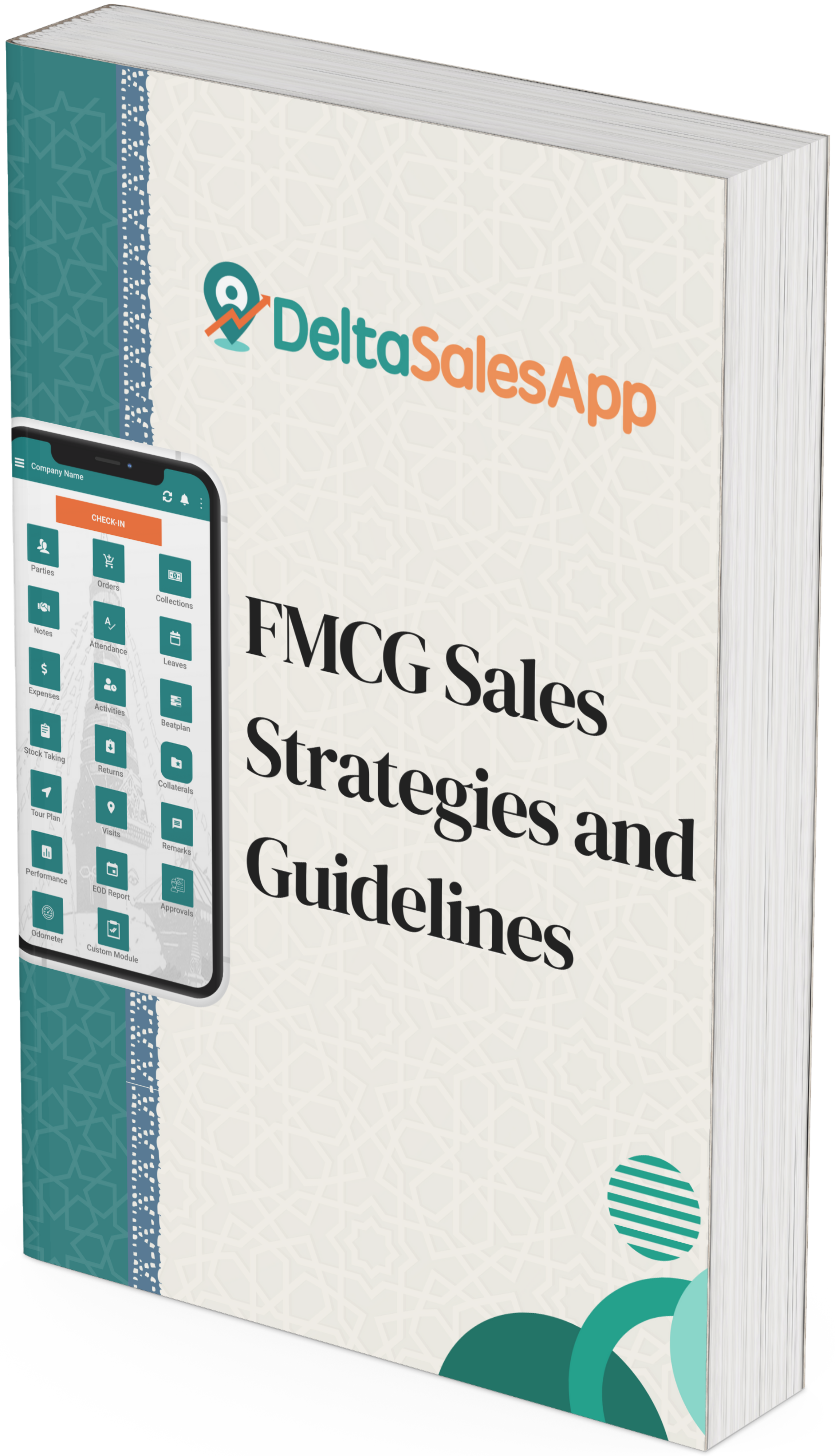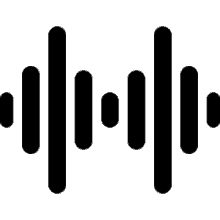Why your Sales Team Spends Only 38% of their Time Driving Revenue
_(18)_1745308574.png)
Field sales reps are the lifeblood of many organizations, especially in industries like FMCG, Pharma, and B2B distribution. They’re expected to drive sales, build relationships, expand product presence, and collect critical market insights.
Yet, a growing body of research reveals a troubling reality: only 38% of a field sales rep’s time is actually spent on selling activities. That means 62% of their workday is being drained by administrative burdens, inefficient processes, and reactive problem-solving.
This isn’t a matter of lazy reps or poor performance—it’s a symptom of outdated systems, misaligned KPIs, and operational gaps. In this article, we explore exactly where time is going, what’s causing the inefficiency, and how technologies like Field Sales Apps and Distribution Management Software (DMS) can unlock productivity and revenue growth.
Where Does the Time Go?
According to field operations studies, here’s how the average day of a field sales rep is spent:
Activity | Average Time Spent (%) |
Revenue-Generating Sales Activities | 38% |
Administrative Tasks (Reports, Emails, Data Entry) | 24% |
Travel Time | 15% |
Problem-Solving (Stockouts, Display Fixes) | 12% |
Internal Meetings & Training | 7% |
Idle or Miscellaneous Time | 4% |
As the pie chart shows, non-selling work consumes a significant portion of the day—in some cases, more than half. The biggest culprit? Admin work, closely followed by travel and issue resolution.
The 3 Major Barriers to Sales Productivity
1. Admin Overload is Stealing Selling Time
Sales reps spend nearly a quarter of their day filling out forms, typing up visit summaries, handling spreadsheets, and manually logging customer data. These are crucial tasks, but they’re also time-consuming and often redundant.
🔧 Solution:
Use a Field Sales App with real-time, mobile-first reporting
Automate call summaries, data collection, and attendance
Use voice-to-text or photo capture instead of manual data entry
Impact: Reduce reporting time by up to 75%, freeing 1–2 hours per day
2. Ineffective Route Planning Wastes Travel Time
Traveling between stores is unavoidable, but without route optimization tools, reps often waste valuable time zigzagging across territories. Even a 10% improvement in route planning can free up 30–45 minutes per day.
🔧 Solution:
Use GPS-enabled Field Sales Apps that auto-optimize daily routes
Prioritize high-value outlets using territory intelligence
Batch nearby visits to minimize travel gaps
Impact: Up to 10% increase in daily productive time
3. Reps are Stuck Solving Problems, Not Growing Accounts
Reps are often reacting to issues like:
Stockouts
Pricing errors
Damaged or missing displays
These tasks are important but reactive—they maintain status quo rather than drive growth.
🔧 Solution:
Implement Distribution Management Software (DMS) for real-time alerts on stock, compliance, and POS gaps
Set visit goals around growth (upsells, new listings, brand expansions)
Use dashboards to equip reps with proactive insights
Impact: Reduce fire-fighting time and boost growth-focused activities
The Role of Technology: Field Sales App + DMS
Field Sales App: A mobile-first tool designed to make life easier for reps in the field. Key features include:
Real-time reporting
Attendance & location tracking
Outlet coverage history
Photo & GPS-tagged proof of work
Route planning
Automated order capture
Distribution Management Software (DMS): A back-end system that connects distributors, warehouses, and sales teams for:
Stock tracking and automated order flows
Scheme management and price compliance
Real-time sales visibility (primary + secondary)
Target vs. achievement tracking
Together, these tools reduce manual effort, enable proactive planning, and close communication gaps between field and office.
Real-World Scenario: Before and After
Before Technology Adoption:
Rep makes 6 visits/day
2 hours spent reporting
1.5 hours in traffic due to poor planning
Most visits reactive (e.g., fixing out-of-stock issues)
After Field Sales App + DMS Integration:
Rep makes 10 visits/day
Reporting takes <20 minutes
Route optimization reduces travel by 40%
Visit agenda is pre-set based on DMS alerts (stock gaps, upsell opportunity)
Net Gain:
+30–40% increase in store coverage
+20–25% increase in per-visit revenue
+70% reduction in missed sales opportunities
What KPIs should you Track?
Shifting from volume to value means tracking smarter metrics:
Traditional KPIs | Modern, Impact-Focused KPIs |
Store visits per week | Revenue per visit |
Orders taken | SKUs per order |
Time spent in-store | Execution score (shelf share, planogram) |
Total route coverage | Growth vs. previous month per outlet |
Final Thoughts: The Path to 60%+ Productive Time
38% selling time isn’t just a metric—it’s a warning sign. Companies relying on manual systems, email reports, and traditional route planning are leaving money on the table.
With modern tools like Field Sales Apps and Distribution Management Software, you can flip the script:
- From reactive to proactive visits
- From admin-heavy days to data-driven sales
- From inconsistent outcomes to scalable growth
Empower your reps to do what they were hired for—sell, grow, and win.
FAQs
Q1: Why do field reps spend only 38% of their time selling?
Because outdated tools, manual workflows, and reactive problem-solving eat into their core responsibilities.
Q2: What’s the ROI of a Field Sales App?
Typical ROI is seen within 3–6 months through:
- Time saved
- Higher sales per visit
- Improved compliance and visibility
Q3: How does DMS help field reps directly?
It alerts reps to stockouts, compliance issues, and missed orders—giving them actionable insights before they enter a store.
Q4: Will reps resist new tools?
If tools reduce workload (not add to it), reps quickly adopt them—especially if the Field Sales App is intuitive and mobile-optimized.
Q5: Can small teams use this technology?
Yes. Most platforms offer tiered pricing and scalable features for SMBs and large enterprises alike.









